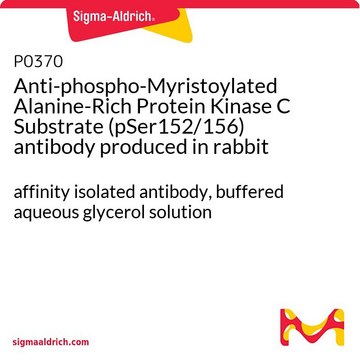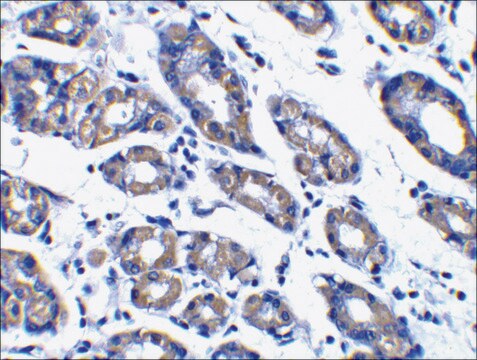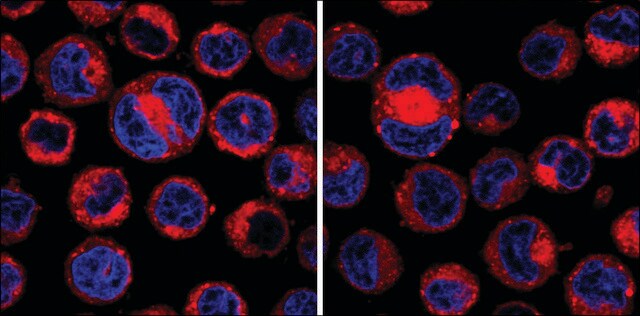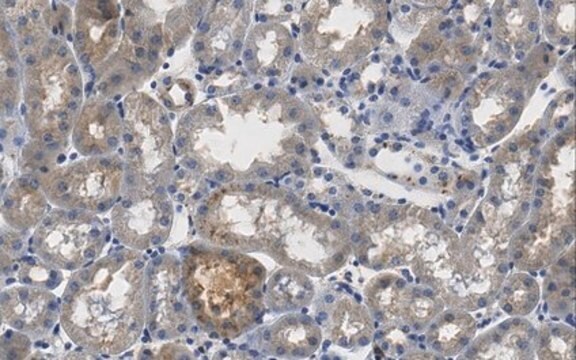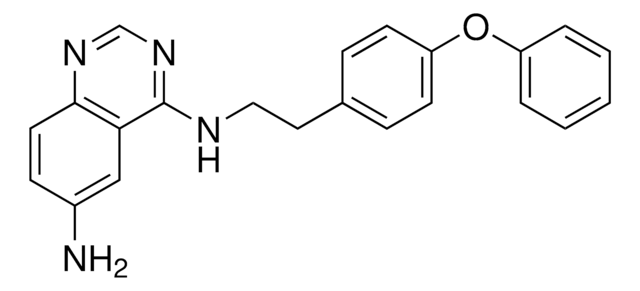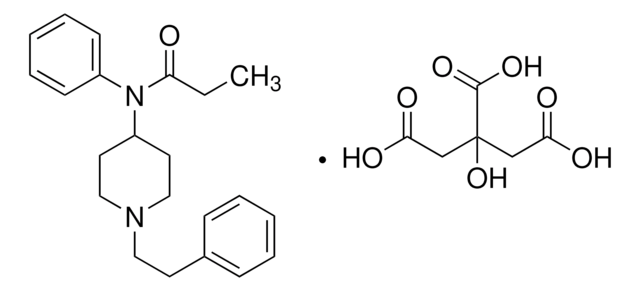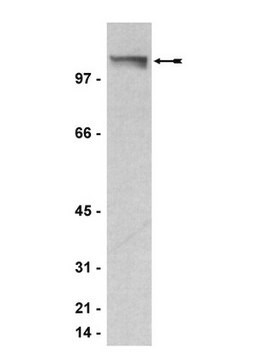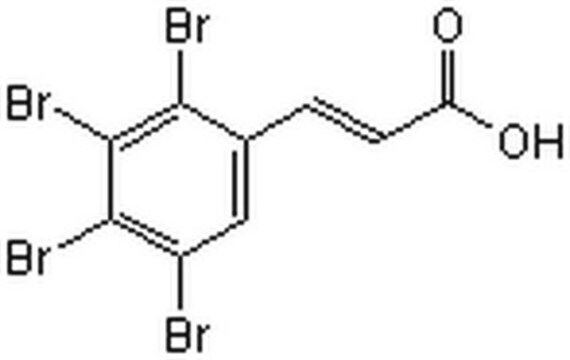P4743
Anti-PUMA/bbc3, N-Terminal antibody produced in rabbit
~1 mg/mL, affinity isolated antibody, buffered aqueous solution
Synonym(s):
Anti-Bcl-2 Binding Component 3, Anti-p53 Upregulated Modulator of Apoptosis
Sign Into View Organizational & Contract Pricing
All Photos(1)
About This Item
Recommended Products
biological source
rabbit
Quality Level
conjugate
unconjugated
antibody form
affinity isolated antibody
antibody product type
primary antibodies
clone
polyclonal
form
buffered aqueous solution
mol wt
antigen ~23 kDa
species reactivity
human
concentration
~1 mg/mL
technique(s)
microarray: suitable
western blot: 2-4 μg/mL
UniProt accession no.
shipped in
dry ice
storage temp.
−20°C
target post-translational modification
unmodified
Gene Information
human ... BBC3(27113)
Related Categories
General description
p53 upregulated modulator of apoptosis (PUMA) protein is a member of the B-cell lymphoma 2 (BCL2) family. It is a pro-apoptotic BCL-2 homology 3 (BH3)-only protein and has a small BH3 domain. The PUMA gene is mapped on the human chromosome at 19q13.32.
Immunogen
synthetic peptide corresponding to amino acids 2 to 16 of human PUMA-α.
Application
Anti-PUMA/bbc3, N-Terminal antibody produced in rabbit has been used in western blotting and immunoprecipitation.
Biochem/physiol Actions
p53 upregulated modulator of apoptosis (PUMA) acts as a determinant of the levels of germ cells during ovarian development. It promotes apoptosis in various cellular stress insults. Deletion of the PUMA gene is observed in several kinds of human cancers.
Features and Benefits
Evaluate our antibodies with complete peace of mind. If the antibody does not perform in your application, we will issue a full credit or replacement antibody. Learn more.
Physical form
Solution in phosphate buffered saline containing 0.02% sodium azide.
Disclaimer
Unless otherwise stated in our catalog or other company documentation accompanying the product(s), our products are intended for research use only and are not to be used for any other purpose, which includes but is not limited to, unauthorized commercial uses, in vitro diagnostic uses, ex vivo or in vivo therapeutic uses or any type of consumption or application to humans or animals.
Not finding the right product?
Try our Product Selector Tool.
Storage Class Code
12 - Non Combustible Liquids
WGK
nwg
Flash Point(F)
Not applicable
Flash Point(C)
Not applicable
Choose from one of the most recent versions:
Already Own This Product?
Find documentation for the products that you have recently purchased in the Document Library.
Min Li et al.
Pharmaceuticals (Basel, Switzerland), 16(1) (2023-01-22)
Colorectal cancer is one of the most common malignancies, and the topoisomerase inhibitor irinotecan (CPT-11)-based chemotherapeutic regimen is currently the first-line treatment with impressive therapeutic efficacy. However, irinotecan has several clinically significant side effects, including diarrhea, which limit its clinical
Jinbo Gao et al.
Molecular cancer therapeutics, 10(10), 1774-1783 (2011-10-06)
The transcription factor interferon regulatory factor-1 (IRF-1) is induced by many tumor-suppressive stimuli and can mediate antiproliferative and proapoptotic effects in cancer cells. Thus, identifying agents that enhance IRF-1 activity may be an effective approach to cancer therapy. A cell-based
Michelle Myers et al.
Reproduction (Cambridge, England), 148(2), 211-219 (2014-05-27)
The number of primordial follicles initially established within the ovary is influenced by the extent of germ cell death during foetal ovarian development, but the mechanisms that mediate this death have not been fully uncovered. In this study, we identified
Karen S Yee et al.
Apoptosis : an international journal on programmed cell death, 13(1), 87-95 (2007-10-31)
The BH3-only protein PUMA plays an important role in the activation of apoptosis in response to p53. In different studies, PUMA has been described to function by either directly activating the pro-apoptotic proteins Bax and Bak, or by neutralizing anti-apoptotic
M Pérez-Caro et al.
British journal of cancer, 98(2), 480-488 (2008-01-10)
Snai2-deficient cells are radiosensitive to DNA damage. The function of Snai2 in response to DNA damage seems to be critical for its function in normal development and cancer. Here, we applied a functional genomics approach that combined gene-expression profiling and
Our team of scientists has experience in all areas of research including Life Science, Material Science, Chemical Synthesis, Chromatography, Analytical and many others.
Contact Technical Service